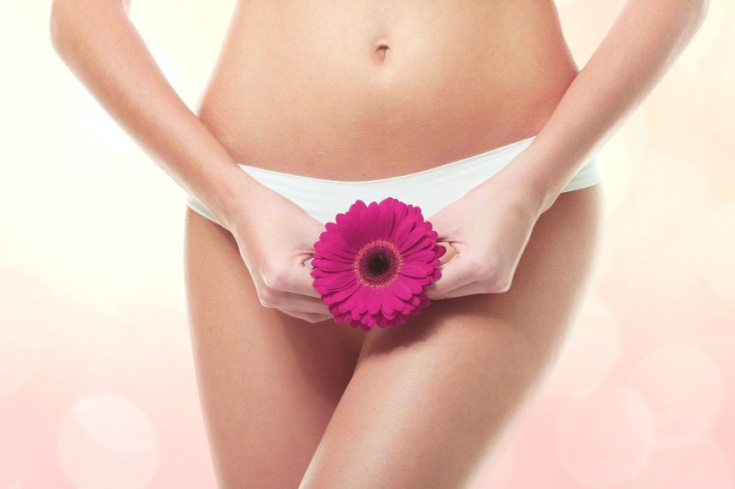Thrush is an inflammatory lesion of the vaginal mucosa caused by fungi of the genus Candida. Thrush can be sexually transmitted, but this is not always the case. The fact is that Candida yeast fungi are conditionally pathogenic flora of the vagina of many women, without causing any pathological symptoms.
The main symptoms of thrush are itching and burning in the vagina, as well as white curdled discharge. The word thrush can also refer to neonatal candidiasis, the most common manifestation of which is oral candidiasis.
- The main causes of thrush
- Possible complications of thrush disease
- Effective treatment of thrush: basic principles
- Effective prevention of thrush
The main causes of thrush
Thrush is caused by disruption of the healthy microflora of the vagina, as a result of which fungi begin to multiply actively, as the number of beneficial bacteria that inhibit their growth decreases.
What can be cause of thrush:
- treatment with cytostatics and other immunosuppressive agents;
- hormonal contraceptives;
- lowered immunity (due to HIV, chronic bronchitis, tonsillitis, chronic pyelonephritis, liver cirrhosis, etc.);
- hormonal abnormalities;
- anorexia;
- pregnancy;
- stress;
- dramatic climate change;
- frequent antibiotic treatment without probiotics;
- poor personal hygiene;
- local contraceptives;
- flavored toilet paper;
- synthetic underwear;
- frequent use of antibacterial soap, etc.;
- swimming in open water, pools;
- excessive consumption of sweets;
- transmission from mother to child, especially if the child is weakened.
Thrush symptoms: what to look out for

- itching and burning in the vulva and vagina;
- white curdled discharge with a sour smell;
- redness of the labia minora;
- swelling of the labia minora and labia majora;
- swelling and inflammation of the vaginal mucosa;
- pain during intercourse;
- painful urination;
In some cases, there is a mild expression of thrush – the presence of only one of the symptoms listed.
Possible complications of thrush disease
Chronic thrush due to the spread of a fungal infection to areas adjacent to the vagina can lead to the following complications:
- cervicitis;
- urethritis;
- cystitis;
- infertility (in case of combination with sexually transmitted infections and long-term relapses).
Diagnosis of thrush

If you notice symptoms of thrush in yourself, contact your gynecologist. He will conduct an examination on the chair and colposcopy, take smears from the mucous membrane of the cervix and vagina. As a result of the study of smears, the presence of fungal mycelium is detected.
To determine the cause of the disease, it is necessary to conduct a special smear culture. Depending on the cause of the thrush, you may need to see the appropriate doctor and go through the course of treatment prescribed by him.
Effective treatment of thrush: basic principles
In case of primary occurrence and absence of complications, local treatment with vaginal suppositories or tablets containing antifungal drugs is used.
Duration of treatment: 1 – 7 days. Treatment efficiency: 80 – 90%. During treatment, it is recommended to refrain from sexual intercourse and be sure to observe personal hygiene.
It should be noted that preparations containing nystatin disrupt the beneficial microflora of the vagina and can cause bacterial vaginosis.
The disappearance of the symptoms of thrush does not always indicate the cure of the disease. Therefore, it is necessary to re-examine the vaginal smear.
Treatment of chronic thrush can take several months and includes the treatment of concomitant diseases, elimination of intestinal dysbacteriosis, general strengthening agents and the exclusion of factors that can trigger the onset of thrush.
Treatment of thrush in pregnant women
Thrush in pregnant women – a fairly common occurrence. For its treatment, an integrated approach is required, taking into account contraindications. Basically, the treatment of thrush in pregnant women is carried out with the help of local remedies – suppositories with miconazole or clotrimazole.
Also, the symptoms of thrush that occurred during pregnancy can be removed using folk methods: soda-iodine baths, washing with a decoction of oak bark or calendula, etc.
Effective prevention of thrush
To prevent thrush, it is necessary to limit the use of products that increase the acidity of the vaginal environment or disrupt the balance of its microflora.

Also, for the prevention of thrush, it is necessary:
- change pads and/or tampons every 3 – 4 hours;
- to dry thoroughly after swimming (including in a pool or pond);
- antibiotic treatment should be accompanied by probiotics;
- timely treatment of chronic diseases, hormonal disorders and STIs;
- intimate hygiene;
- wear cotton underwear.
And remember that any disease is easier to prevent than to cure. And if you still notice the symptoms of thrush, consult a doctor, do not self-medicate.
Source estet-portal.com






Add a comment